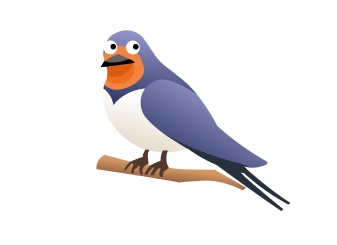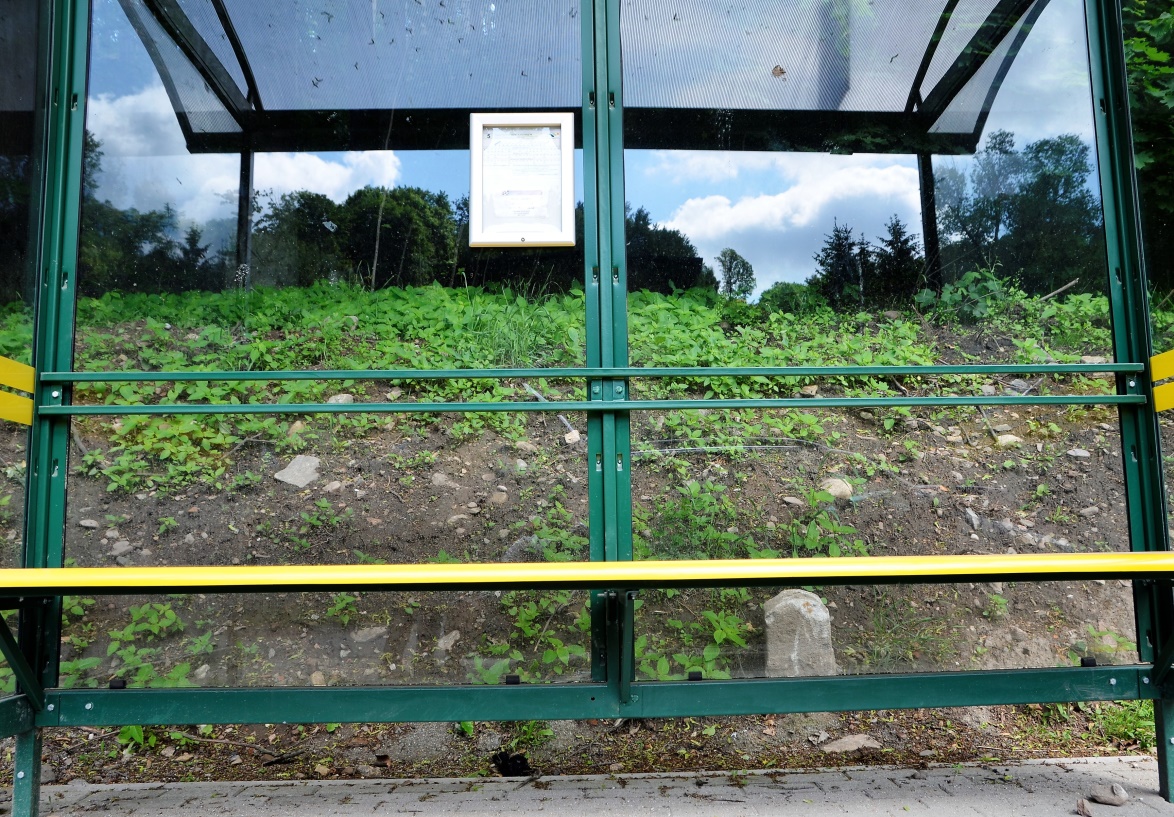

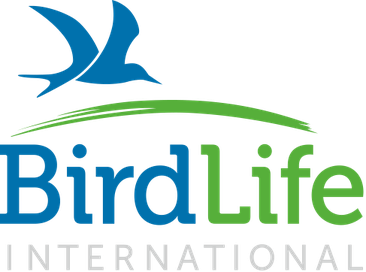


By putting out the right food at the right time of year, you can help your local birds get through times when natural food is short, and be fit and ready to breed in the spring.
In exchange, you’ll get wonderful close-up views of the birds when they come to your garden to feed.
There are different bird seed mixes for feeders, for bird-tables and for ground feeding. Mixes that contain whole nuts are only suitable for winter, because they could choke young birds in the nest.
Small seeds, such as millet, attract birds such as house sparrows, dunnocks, finches, reed buntings and collared doves. Large seeds and cereals such as uncooked oatmeal and maize flakes are popular with many birds.
Sunflower seeds are an excellent year-round food. The fat content is higher in black than striped ones. Nyjer seeds are small and black, with a high oil content. They need a special type of seed feeder, and are particular favourites with goldfinches and siskins.
Peanuts are rich in fat and popular with tits, greenfinches, house sparrows, nuthatches, great spotted woodpeckers and siskins. Don’t give birds salted or dry roasted peanuts, because salt can kill them. Peanuts can also be high in a natural toxin which can kill birds, so buy them from a reputable dealer.
Fat balls are excellent winter food. Remove any nylon mesh bags, which can trap and injure birds.
You can make your own bird cake by pouring melted pork fat or beef suet onto a mixture of seeds, nuts, dried fruit, oatmeal, cheese and cake. Use about one-third fat to two-thirds mixture. Stir well in a bowl and allow it to set in a container such as empty coconut shell or plastic tub. Don’t use old fat from frying or roasting, since this will be too soft and can smear the birds’ feathers.
Make it easier for birds to find food
Put out soft or damaged apples and pears, or leave windfalls under the trees, for thrushes and blackbirds.
If you have space in your garden, holly bushes, hawthorn and rowan trees, and shrubs like Pyracantha, all produce berries which birds eat.
Climbing plants like ivy give shelter to small insects and spiders, which many small birds will hunt.
The seeds of wild plants such as teasels and thistles will attract small finches. You could also grow sunflowers or ornamental varieties of millet in your flower beds, and leave the seed heads for birds to eat.
Keeping grass short and leaving patches of bare earth will allow thrushes, Blackbirds, European Robins and Dunnocks to feed on earthworms and other small animals.
Birds need water for drinking and bathing. Putting out water is particularly important in dry hot weather, and during the winter when natural supplies may be frozen. The water container should have sloping sides and a rough surface so that birds don’t slip and drown.
Bird feeder hygiene
When lots of birds are attracted to a small area to feed, the danger of disease increases. Most diseases are transmitted by droppings. If contaminated droppings mix with food or water, the birds could pick up the infection.
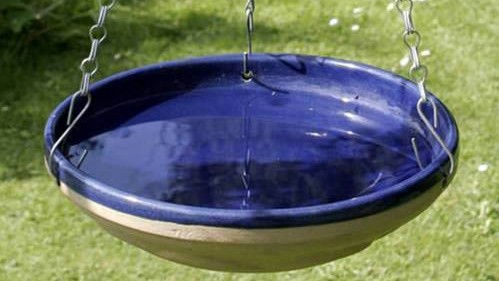 |
| Bird feeder hygiene. Image from RSPB online shop |
Top tips for keeping your garden birds healthy
Always remove stale or mouldy food promptly, because it provides a breeding ground for germs which can make birds ill or kill them. If food regularly goes stale or mouldy, put less out.
A ground feeding tray is better than putting food directly on the ground, because it is easier to keep clean. Food left on the ground overnight can attract rats.
Clean and wash your bird table and hanging feeders regularly (ideally, using a 5% disinfectant solution), and move feeding stations to a new place every month.
Water containers should be rinsed out daily, especially during the warmer months.
Don't bring your feeders into your house to clean them. Do it outside, using separate cloths and brushes. Wear gloves when cleaning feeders and bird tables, and particularly if you need to handle a sick or dead bird. Always wash your hands when you've finished.

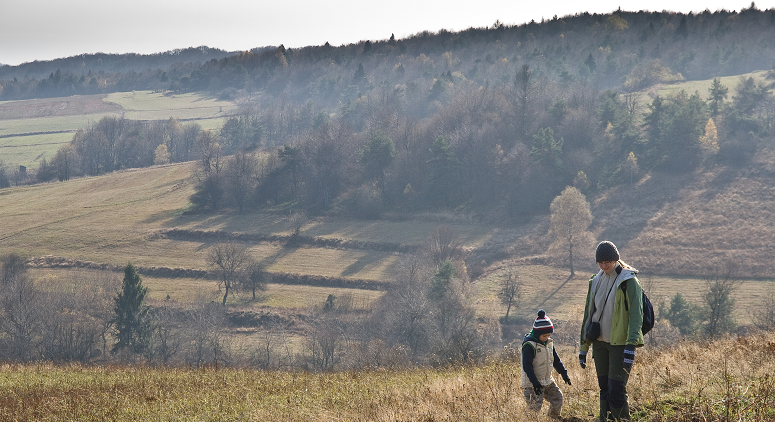
Our top 10 tips on how to be a good birdwatcher
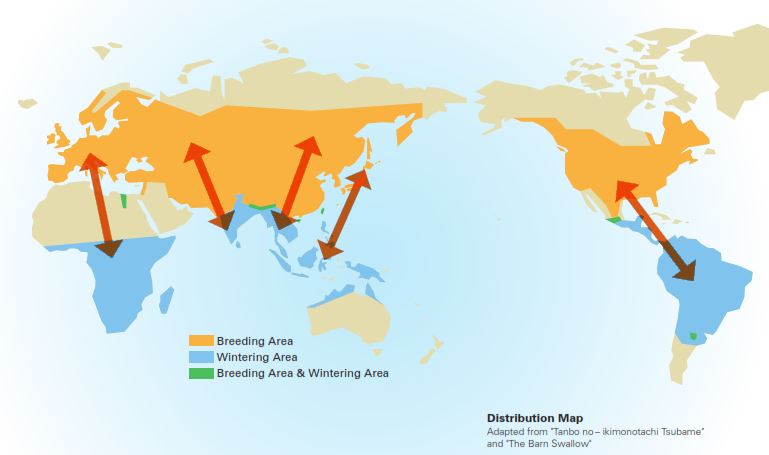
Barn Swallows are one of the most popular and familiar birds in the world. Let's meet them! :)
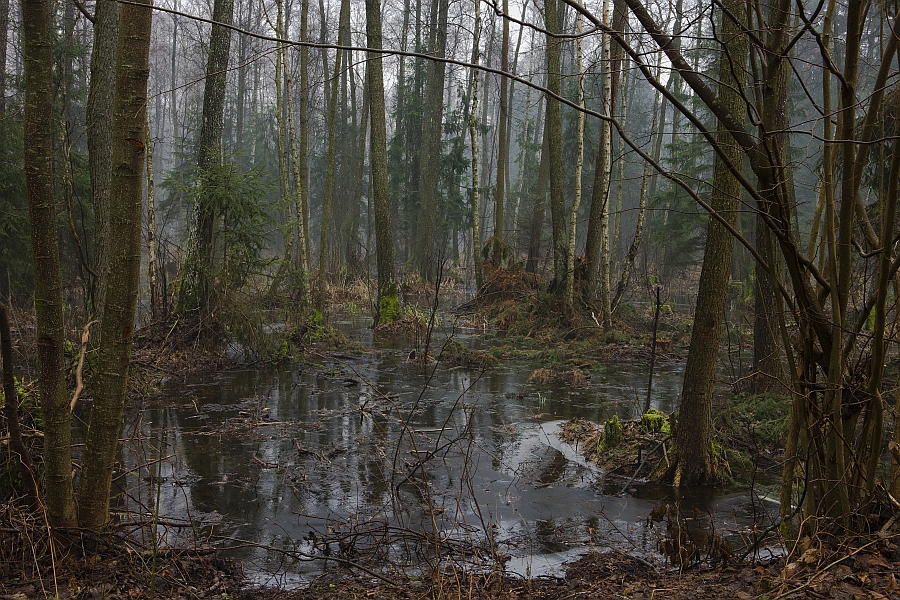
We see a baby bird on the ground and we think it is alone, helpless, small, cold, clumsy and fluffy… it is hard to resist the urge to rescue. But often people intervene when in fact most chicks are "fledglings" that should be left alone.
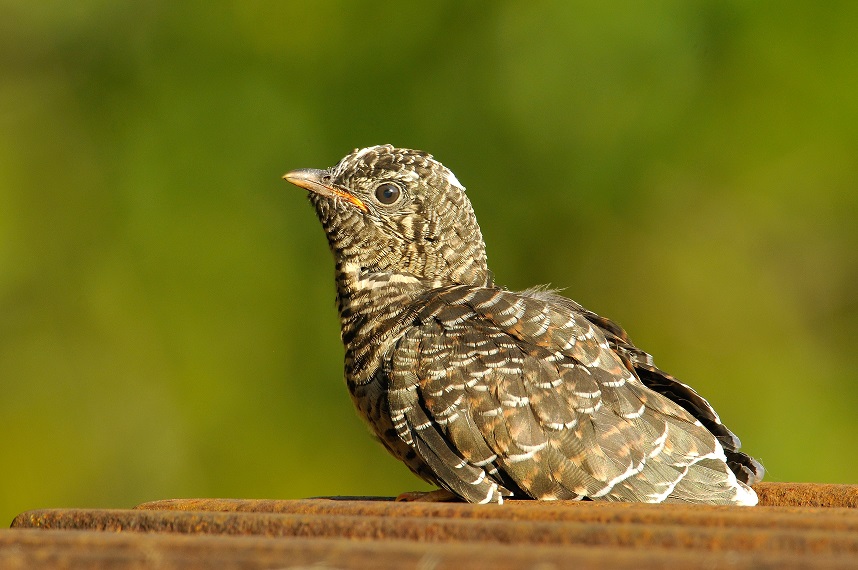
Птушкі перажываюць нялёгкія часы. Дарэчы, пачуць самую звычайную зязюлю сучасныя дзеці маюць менш магчымасці, чым мелі іх бацькі, і ўжо тым больш дзядулі і бабулі.
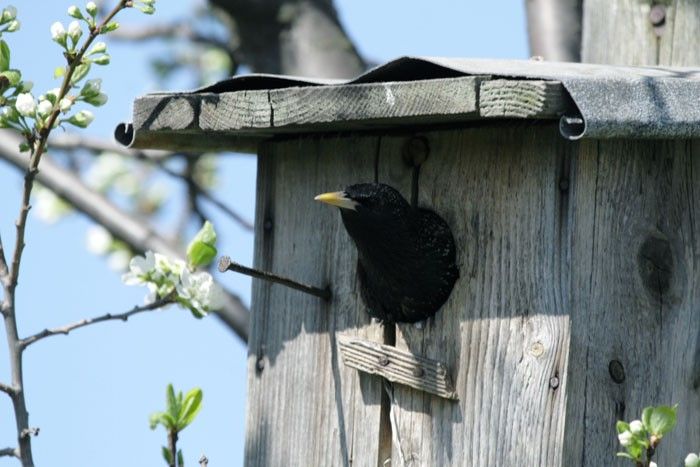
Make Spring come Alive in your garden or balcony each year!

Are you worried about the damage being done to a local wildlife spot, but don't know what to do about it? Maybe you have a favourite place to enjoy nature and want to make sure it's protected?
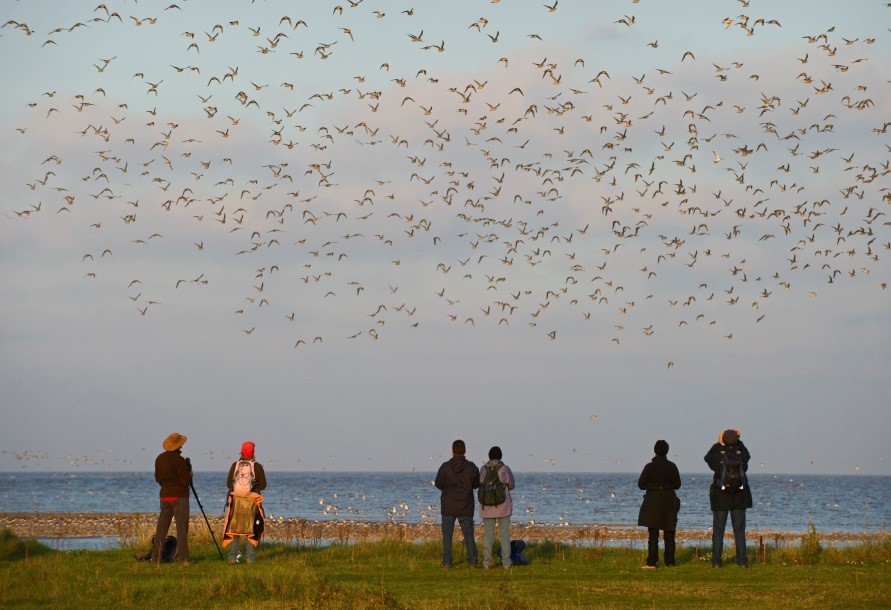
Put simply, citizen science is scientific research conducted by people who are not professional scientists. Some of the biggest discoveries in the world have been made by people without official scientific qualifications or funding.
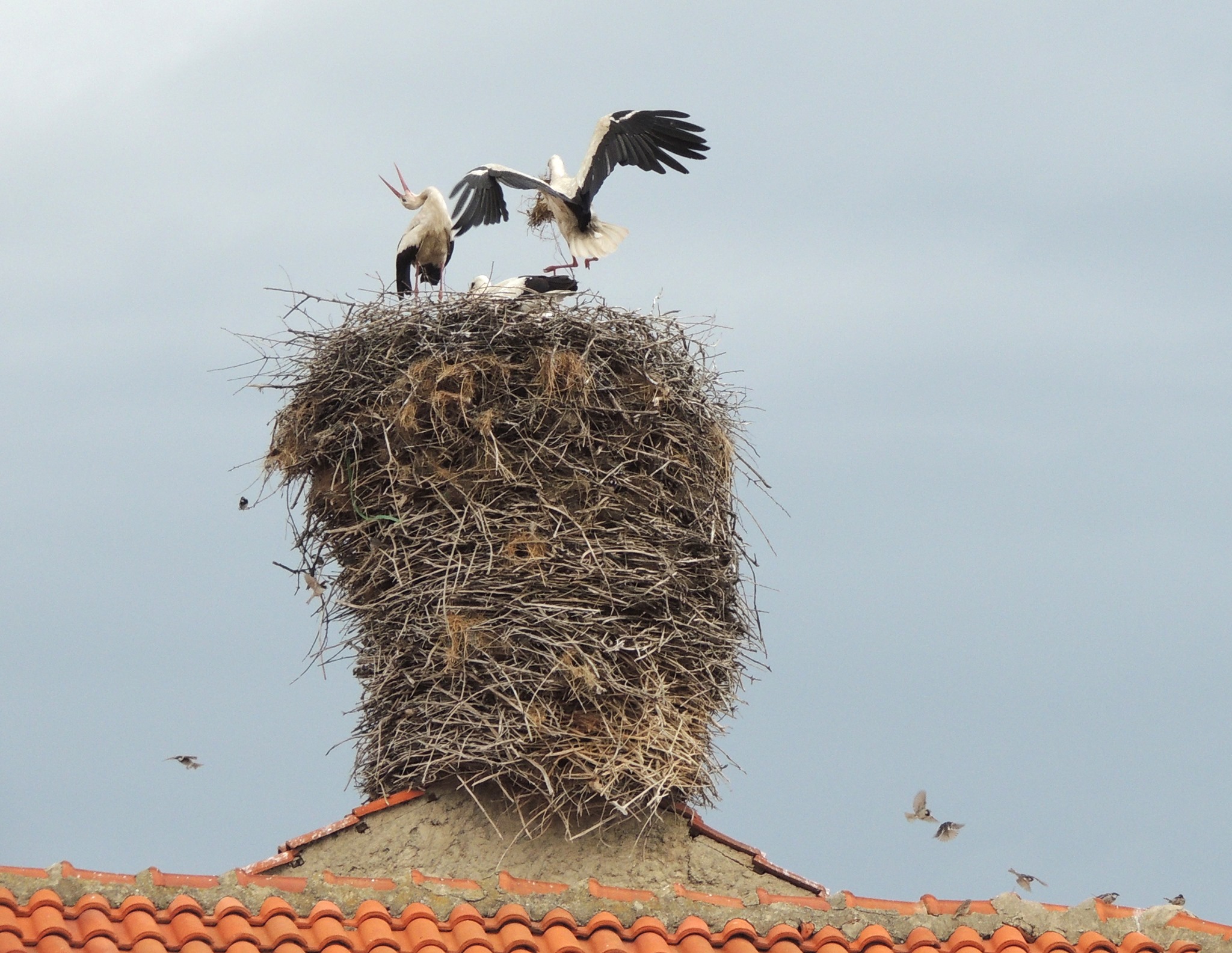
When storks are gathering materials for their nests, they may bring back various man-made objects, without realizing that they may be dangerous.
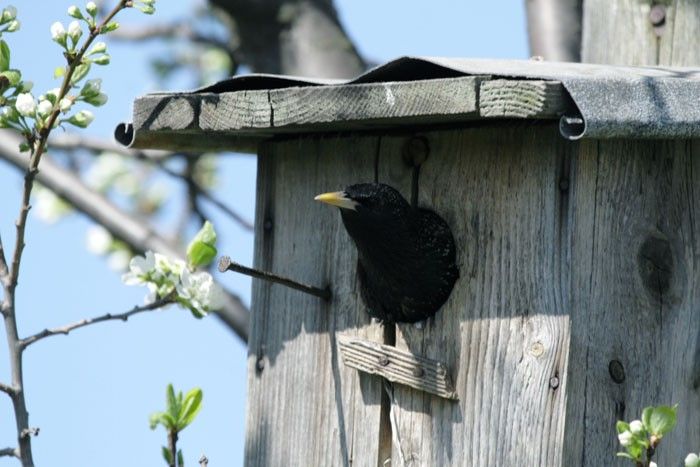
Many birds nest in holes. But modern forestry methods, and safety concerns in towns, mean that there are fewer old trees with hollows where birds can make their nests.
